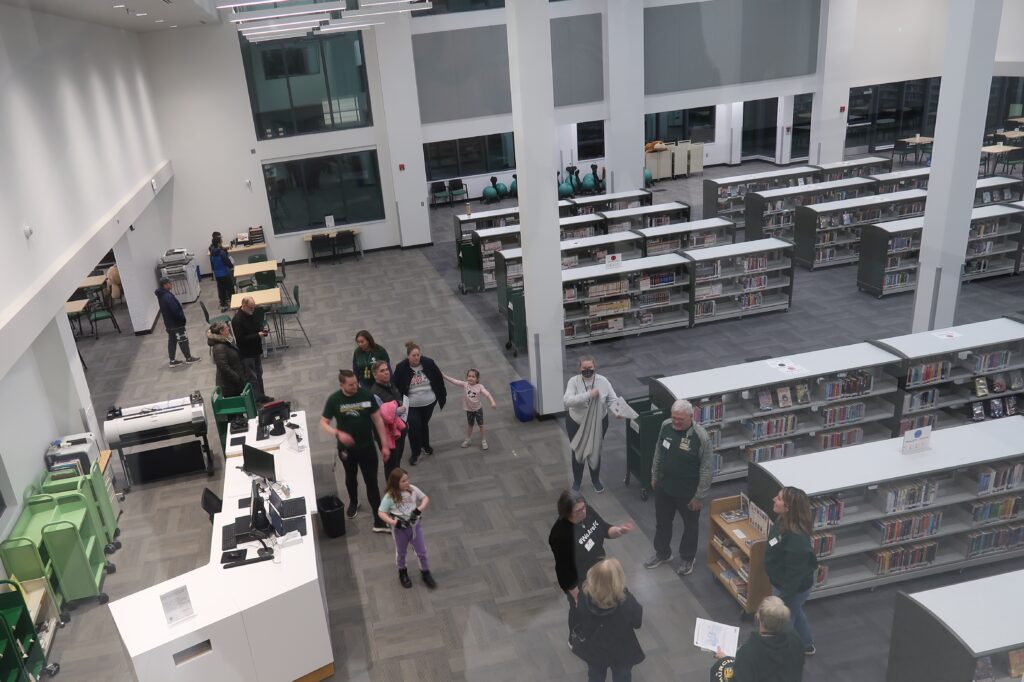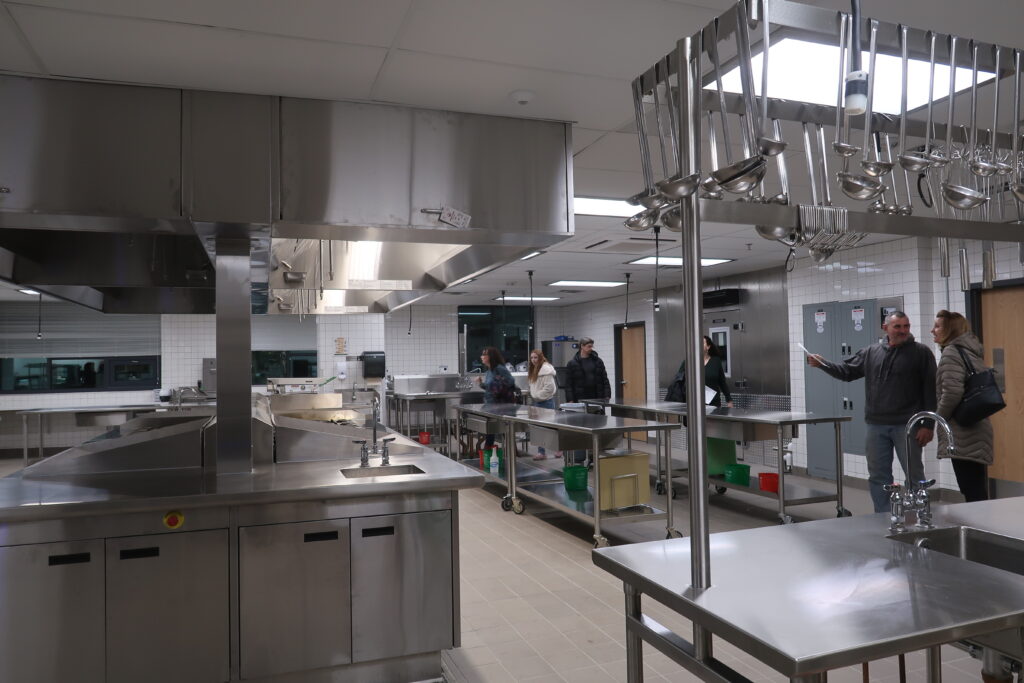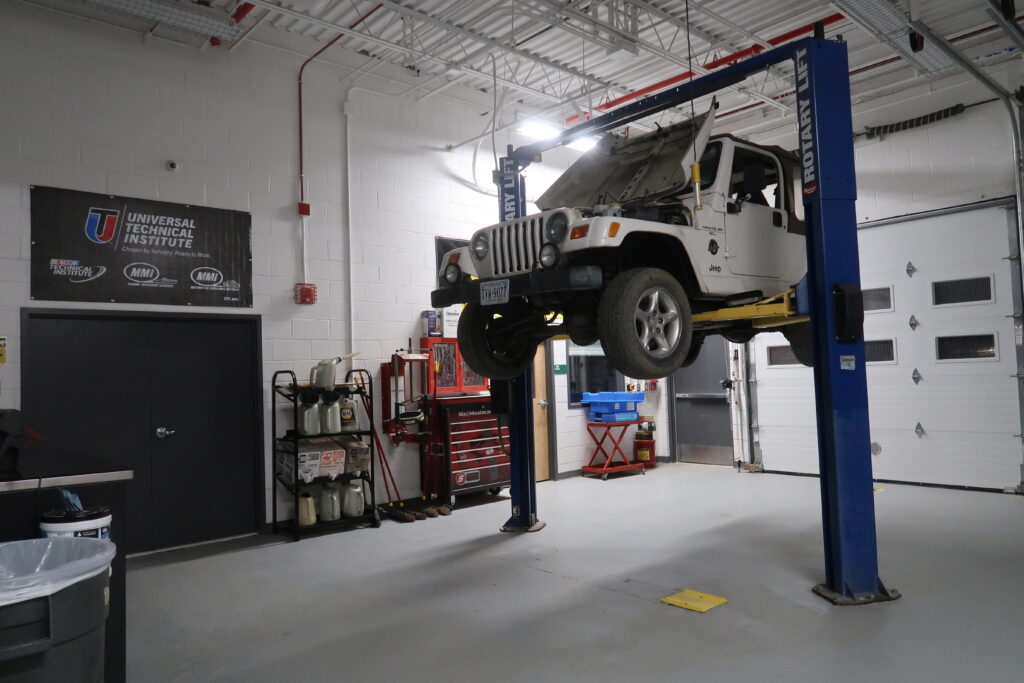First phase of Falls Church High School expansion nearly completed

The community got a first-hand look at a completed section of the Falls Church High School expansion/renovation project on Feb. 22.
That section includes a new cafeteria, lecture hall, library, 30 classrooms for science and math, a culinary arts classroom and kitchen, a STEM lab, an auto tech lab, and several small conference and workrooms.

Teachers and students will move into the new classrooms on March 4.
“A good percentage of the first of four construction phases has been completed,” says Principal Benjamin Nowak. The next phase will cover the performing arts wing and administration offices. The entire project is scheduled to be completed in summer 2026.

The project adds appropriately 122,000 square feet, resulting in a total of 429,000 square feet.
One of the best features of the school will be natural light in every classroom, Nowak says. “It’s very uplifting.” The new climate control and lighting systems and technology for teachers “are a huge step up.” The new space also has brand-new furniture and lots of security cameras.
Related story: Falls Church HS renovation is ‘back on track’

Following the nationwide trend against lockers in high schools, the new and renovated spaces won’t have traditional lockers in the hallways. Instead, there will be small lockers under tables in the common areas.
This project was a long time coming, as the badly needed upgrade wasn’t given a high priority on Fairfax County Public Schools’ renovation queue. [School board member Ricardy Anderson discusses the renovation queue in an interview with Annandale Today.]
The expansion/renovation project was funded by school bonds passed by voters in 2017 and 2012.




This definitely raises the need for adult community centers, meeting and lecture spaces, auditoriums, and emergency shelters and restrooms. There should be development continuity from schools through adulthood continuing education.
It’s good they are rebuilding community buildings and sites for the increasing population of young students, but the county should make plans for the kids that may graduate into community jobs in the area. By creating separate civic space allocations that don’t have to compete with the schools, the need for adult community emergency shelters, meeting spaces, computers, libraries, bathrooms and cafeterias could be addressed separately from school youth and teen attrition rates as community retention of renovation capital, as more facilities would create more jobs for everyone. The school buildings are equipped, but are there any community centers, meeting rooms and lecture halls?